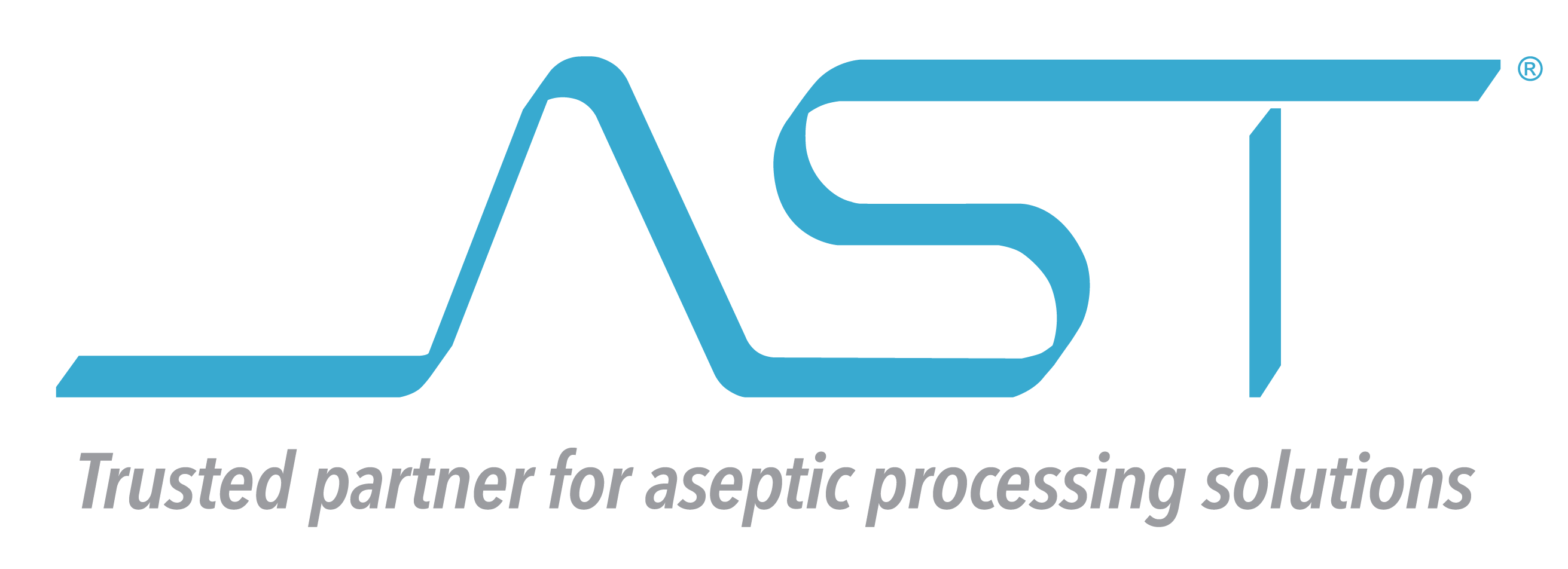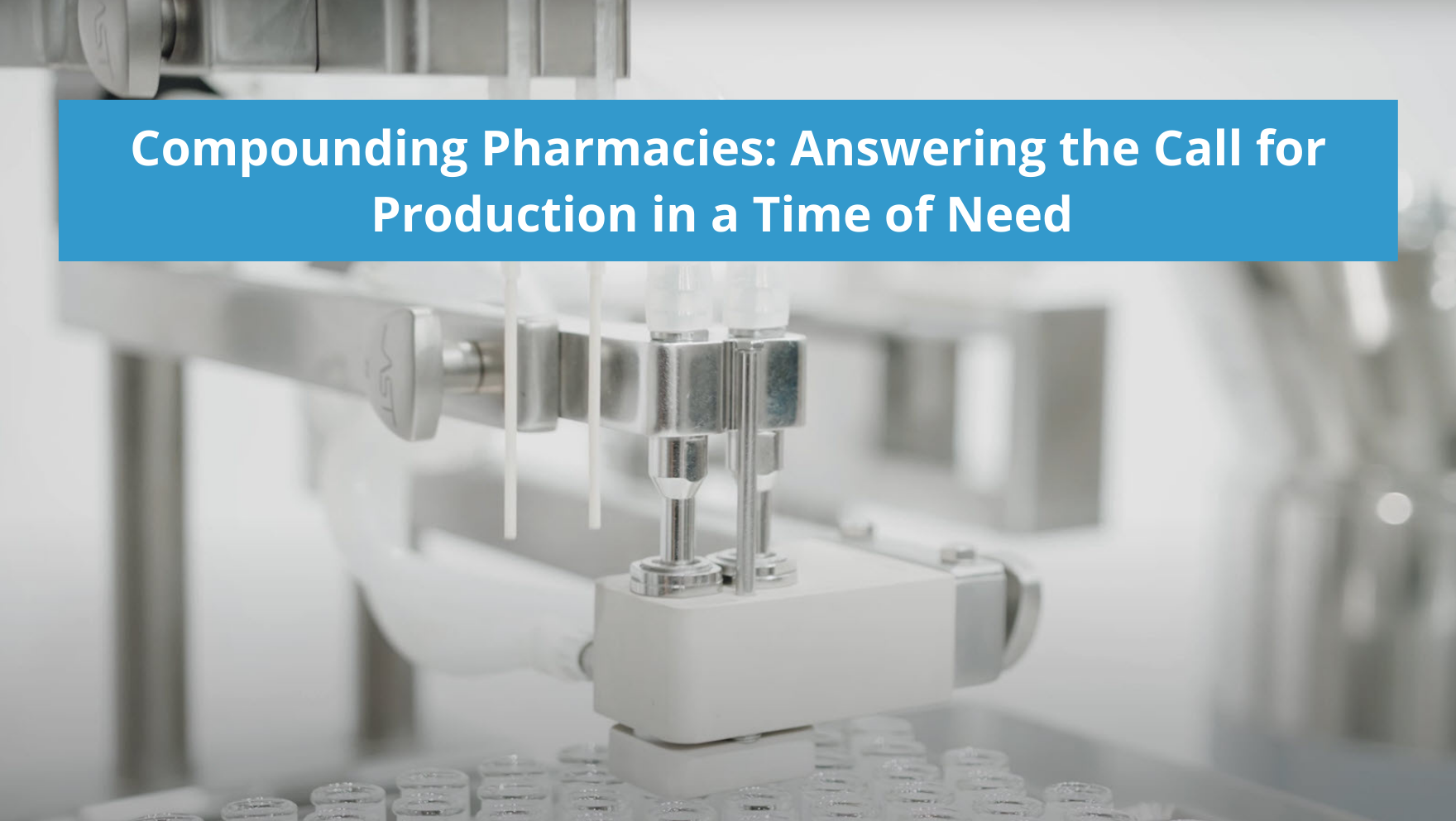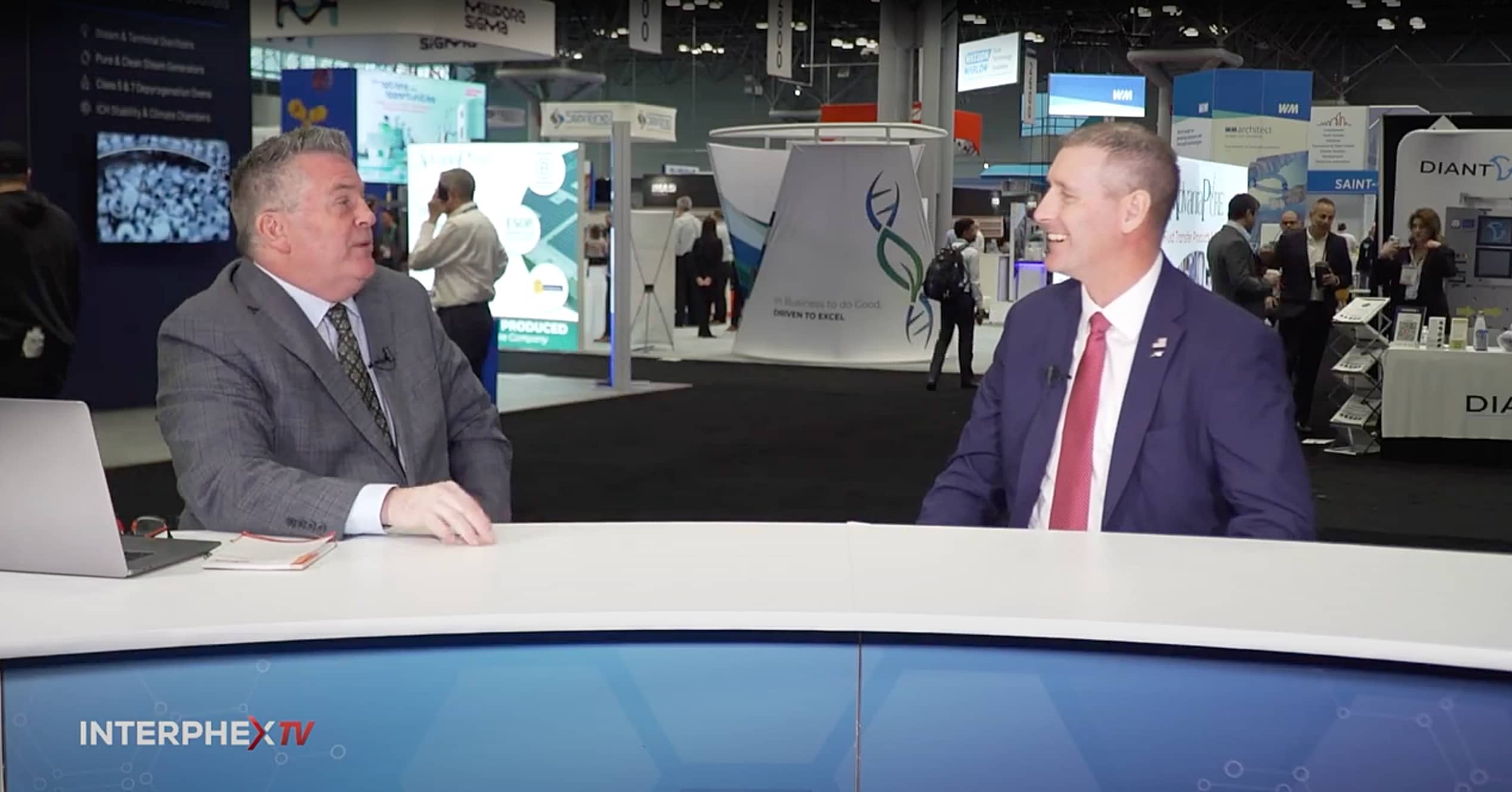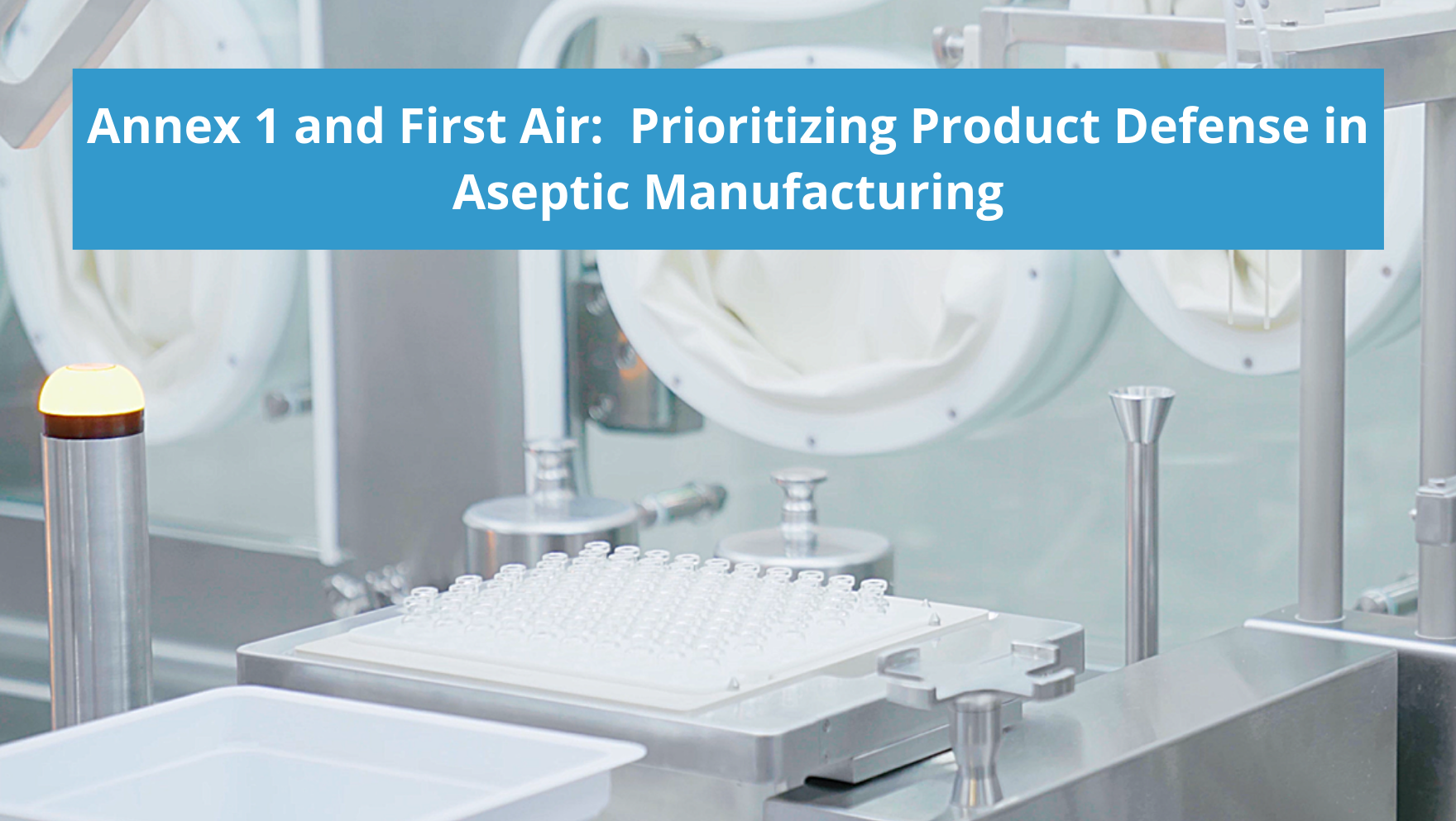Drug shortages are an ongoing reality in the pharmaceutical industry, as the seriousness and length of drug shortages have steadily increased over the past five years. Of the shortages recorded in 2023, over half were sterile injectable products. In such cases, compounding pharmacies find themselves meeting the call for production as designated 503 entities are granted FDA clearance to compound and produce the product in question in an effort to help meet the national demand. One notable case has been the recent shortage of GLP-1 medications.
GLP-1s (Glucagon-like peptide-1) are medications classified as agonists that help lower blood sugar and, according to the American College of Physicians, reduce the risk of all-cause death, including adverse cardiovascular events and strokes. Medically, this class of medication has been consequential in the treatment of type 2 diabetes by lowering blood sugar, controlling hunger by activating GLP receptors in the brain, and blocking glucagon secretion.
In the case of GLP-1, rarely has a drug product seen such a rapid rise in demand and recognition. Current shortages, according to the FDA, include Dulaglutide, Semaglutide, Liraglutide, and Tirzepatide*. Experts expect the shortages to last through the end of this year at minimum. As is often the case, drug shortages affect those who need medicinal intervention the most, which is why the role of the compounding pharmacy becomes pivotal.
A Commitment to Safety and Efficacy
Compounding pharmacies are a direct line to the patient, as medicines are often made to order. That level of access makes it particularly important to have precise, accurate processes in place around filling and closing functions, especially in the case of sterile parenteral products. Much is made around the regulatory requirements for 503 pharmacies, particularly in times of drug shortages, as 503A pharmacies are licensed and regulated at the state level, while 503B pharmacies are federally licensed and must abide by more stringent federal standards like 21 CFR Part 210 (current good manufacturing practices) and part 211. Both entities are expected to be compliant with USP 795, 797, and 800.
For 503A pharmacies, a lower regulatory burden has often led to greater public attention. The goal of both entities remains the same: to produce high-quality, safe parenteral products. For this segment of the industry to continue to mature, the variability in product quality, process accuracy, and operational standards must be exchanged for scrutinized and validated best practices, and highly repeatable, low-risk technologies. Below are some key points of focus considered by any compounding pharmacy operation.
Product Integrity
Whether an outsourcing facility or a patient-specific compounding pharmacy, ensuring that parenteral medicines remain sterile and free from contamination is paramount. Additionally, compounding in such a way that the product remains stable and is delivered to the patient in an expedient timeframe is essential, especially for patient-specific compounding pharmacies that don’t have clearance for extended beyond-use dates.
Operator Safety, Training, and Simplified Protocols
Compounding pharmacies are typically smaller-footprint operations with an important core group of staff whose success and safety depend on good training, the quality of the equipment, the ease of process, and solutions that ensure any hazards are handled appropriately with the right protective measures. Whatever avenue selected for filling and closing, 503 facilities are looking for ways to provide consistent, high-quality products. A well-trained, well-equipped staff is key to delivering on that goal consistently.
Regularly Compliance with State Boards and USP Regulations
When compounding sterile parenteral products, lapses in regulatory adherence and safety can have catastrophic consequences. Pharmaceutical regulations are by necessity complex, nuanced and exhaustive, and in a space that can often include startups or smaller, decentralized operations, regulations can be difficult to navigate. Additionally, the 2023 update on USP 797 included more specific requirements on processes, record keeping, facility standards, and increased emphasis on Isolators and air handling. Prescription-based compounding pharmacies are looking for tools and solutions that help them understand and meet the regulatory threshold and ensure a consistent standard of quality. The use of appropriate technologies, such as robotic systems and accurate, adaptable automation, should be considered to increase product integrity and improve overall operational standards.
A Path Forward Through Robotics and Automation
2023 saw growth across the spectrum in the use of robotics within compounding pharmaceutical settings. Hospitals, both large and small, as well as outsourcing facilities, have increased spending on and the use of automation solutions, although this avenue remains significantly under-utilized when compared to other segments of the pharmaceutical manufacturing industry, with many compounding operations still depending on highly manual filling and closing processes. However, for compounding pharmacies looking to rise to the occasion during drug shortages, the quality, consistency, and output offered by robotics and automation provide a clear path forward.
Streamlined Processing
Automated fill-finish takes a number of the process variables out of the equation, as many of the more difficult aspects of filling and closing can be directly remedied with the right technology. The ergonomic challenge of debagging and container handling can be addressed seamlessly with flexible solutions that require no change parts. Automation and/or robotics can be oriented to maintain aseptic technique with minimal particle generation and airflow disturbance. It’s true of any sterile parenteral operation, but especially so in the compounding, direct-to-patient model: the greatest source of contamination is physical human interaction. Removing human interaction where it makes sense within the scope of the operation and having well-placed, ergonomically friendly glove ports for planned and unplanned intervention throughout the line significantly de-risks an operation for the product and staff. Automated solutions should also be highly flexible and able to execute a variety of recipes for multiple different formats and products. The time and resources saved from a low-risk, highly adaptable fill system will have a significant impact over the life of an operation.
Product Fill Accuracy
A significant part of the automated process is recipe-driven filling, which allows the operator to fill consistently and accurately, utilizing statistical and 100 percent in-process weight checks (IPC) on a gravimetric balance. The gravimetric balance should work in concert with the pumps, using feedback to maintain fill accuracy throughout a batch run. The data operation should be relayed within the system and be available in real time. This functionality streamlines a crucial aspect of quality assurance and record keeping on behalf of the operator.
The RTU Advantage
For compounding pharmacies, presterilized ready-to-use containers offer a significant process improvement, adding enhanced sterility assurance, agile product, and format flexibility, and a significant time-to-patient improvement. Additionally, containers like pre-filled syringes (PFS) can reduce overall the risk level practically and regulatorily, and are safer for operators and patients. The use of RTU containers also saves significant sterile preparation time during the course of operations. Particularly in a hospital setting, PFSs have been demonstrated to cut down on medical errors, dosage inaccuracies/waste, and microbial contamination.
Operator Safety and Reducing Human Error: A historic point of concern and emphasis around compounding pharmacies has been the potential of human error, an issue the FDA has been tracking regularly. Automation has been demonstrably shown to be more repeatable and accurate than manual processes. Additionally, errors with record keeping or data recording, or other data integrity failures (one of the most common sources of FDA Warning Letters) can also be resolved, as a filling system should offer batch records that are compliant with 21 CFR 11 and consistent with the revised USP 797.
Built for Quality and Compliance
Regulatory compliance, in spirit and in letter, is about the purity and quality of the product, and the safety of everyone involved in the lifecycle of medicinal dose, from the manufacturer to the patient. Compliance is never just a matter of checking a box; it’s foundational to the larger goal of delivering life-improving and life-saving products to people in need. The push towards more automated fill finish solutions within the larger pharmaceutical manufacturing framework is a clear sign of their dependability in matters of quality and regulation.
Robotics and automation have never been more configurable and adaptable to the needs and realities of compounding pharmacies, and as 503 entities continue to adopt these solutions at a growing rate, the inconsistencies in product quality and compliance will be replaced by consistent cGMP output. AST’s aseptic processing solutions are regulatorily robust, designed with the latest in highly repeatable fill-finish technologies, and ensure that products are filled accurately and to the highest quality standards possible.
Learn how AST can help your compounding pharmacy address production shortages and find the ideal aseptic processing approach with our next-generation fill-finish technologies – contact our experts today.
*As of 10/2/2024, Tirzepatide is no longer on the FDA drug shortage list.




